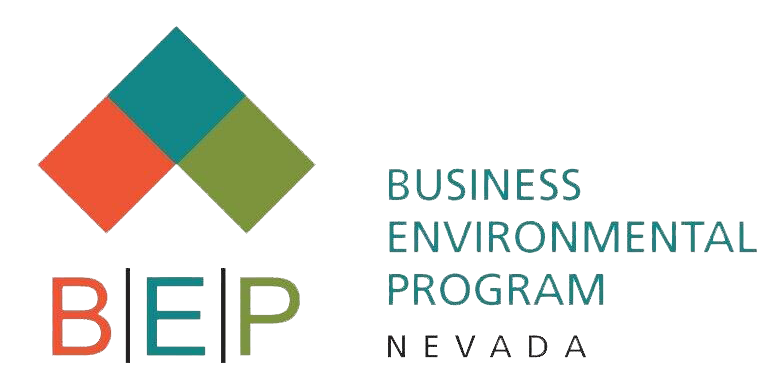What is a Small Quantity Generator (SQG)?
SQGs generate in a calendar month:
- Between 220 lbs. (100 kg) and 2,200 lbs. (1,000 kg) of non-acute waste
- No more than 220 lbs. (110 kg) of acute spill cleanup residue
- No more than 2.2 lbs. (1 kg) of acute hazardous waste
Hazardous waste generated must be managed in a safe and responsible way. SQGs are required to:
- Obtain an EPA ID Number.
- Identify all the hazardous wastes that you generate and count it monthly. Keep waste determination records for 3 years.
- At any one time, accumulate no more than 13,278 lbs. (6,000 kg) of non-acute hazardous waste on-site for no more than 180 days or 270 days if you must transport the waste more than 200 miles away for recovery, treatment, or disposal.
- Accumulate no more than one 55-gallon drum in a Satellite Accumulation Area (SAA). Label the container with the words “Hazardous Waste”, and an indication of the hazards of the contents (e.g., flammable, toxic).
- Use containers that are compatible with the hazardous waste to be stored.
- Keep containers closed at all times except when adding or removing waste.
- Once the container reaches the Satellite Accumulation Area limit, date the container and move the container to the 180/270-day central accumulation area. The container must be moved within 3 days of accumulation.
- Proper labeling is required in the 180/270-day central accumulation area. The label must contain the start date of accumulation, the hazards associated with the waste (e.g., a pictogram), the EPA waste codes, a description of the contents, and the words “Hazardous Waste”.

- Inspect hazardous waste central accumulation area weekly and keep records of inspections for 3 years (NAC 444.8677).
- Use BEP’s comprehensive SQG Weekly Inspection Tool or our annual Hazardous Waste Compliance Calendar to help your facility maintain compliance with weekly inspections.
- Prepare a hazardous waste manifest either electronically or with a paper form to accompany your waste shipment. Once shipped, keep signed copies of the records for at least 3 years from the date the waste was shipped.
- SQGs must have basic preparedness and prevention plans in place. This includes:
- Maintaining and operating the facility to minimize possibility of explosion, fire, or any unplanned sudden or non-sudden release of hazardous waste or hazardous constituents to air, soil, or water.
- Have in place the required equipment including an internal communications or alarm system, telephones or hand-held two-way radios capable of providing emergency instruction to facility personnel
- Have on site portable fire extinguishers, fire control equipment, spill control equipment, and decontamination equipment
- Have water at adequate volume and pressure to supply water hose streams, or foam producing equipment, or water spray systems/sprinklers
- SQGs must test and maintain all of the above equipment to assure its operation during an emergency
- Employees of the facility must have access to communications or alarm systems whenever hazardous waste is being handled.
- The SQG must have required aisle space in any area of facility operations to allow the unobstructed movement of personnel, fire protection equipment, spill control equipment, and decontamination equipment
- The SQG must attempt to make arrangements with local fire and police departments along with emergency response teams, emergency response contractors, equipment suppliers, and local hospitals to familiarize them with hazardous waste types and quantities stored on site. Maintain these records documenting the attempts and/or arrangements made
- The SQG must comply with emergency procedures for areas where hazardous waste is accumulated:
- Have, at all times, at least one employee either on the premises or on call with responsibility to coordinate emergency procedures
- Post in each accumulation area
- The name and emergency telephone number of the emergency coordinator
- The location of fire extinguishers and spill control equipment
- The telephone number of the fire department unless the facility has a direct alarm
- The emergency coordinator must respond to any emergencies as they arise
- The SQG must ensure that all employees are thoroughly familiar with proper waste handling and emergency procedures, relevant to their responsibilities during normal facility operations and emergencies. (§262.16(b)(9)(iii)
SQGs are required to renotify the EPA of hazardous waste activities every 4 years using the Form 8700-12 . The first notification is due September 1st, 2021 and every 4 years thereafter.
SQGs are now allowed to take advantage of the Episodic Generation provision. This provision allows a one time generation over the SQG limits for a planned generation such as a clean out or an unplanned generation such as a spill. If you would like to know more about this newly adopted provision, contact us.
While there are stringent regulations to follow, SQGs must still manage hazardous wastes in a manner that minimizes exposure of hazardous wastes to soil, water, and air. EPA’s Managing Your Hazardous Waste: A Guide for Small Businesses provides some important tips.
It makes good business sense to limit the amounts of hazardous wastes generated. Employing pollution prevention techniques , implementing sustainability practices such as designing waste out of production , or using non-hazardous materials in your processes will lower your waste costs and minimize the amounts of hazardous wastes generated. There are many resources available to you.
Contact us so we can help you find the best resources for your business.
